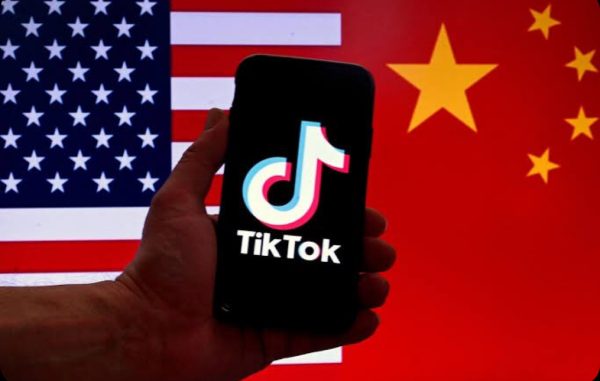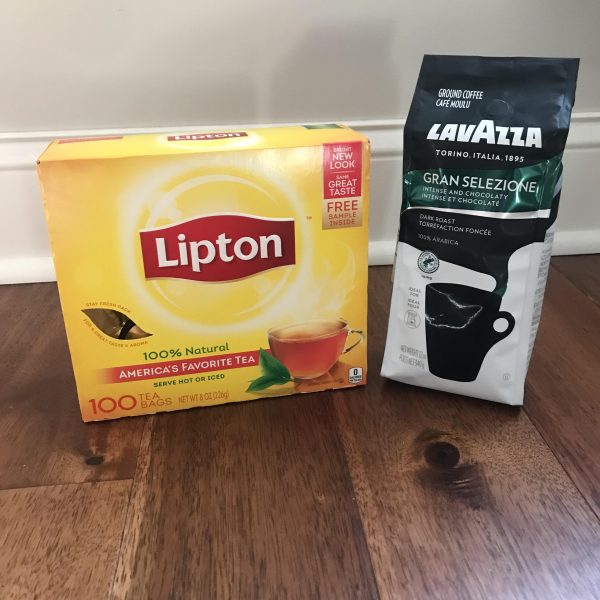Fast Fashion
February 14, 2021
In recent years, clothing stores have begun to churn out clothing quicker than ever before. The phenomenon known as fast fashion has led to an overwhelming pressure on teenagers and young adults to keep up with fashion trends, and is posing a serious threat to our planet. Brands like Forever 21, Shein and H&M all are examples of fast fashion. These companies make clothing for cheap, allowing it to be accessible to the average people. The stigma around rewearing clothing items is a large contributor to fast fashion, as large companies prey on this by releasing new items three to four times every week.
While fast fashion allows for accessible fashion, the environmental impacts are too significant to disregard. On average, 3 out of 5 fast fashion items end up in a landfill. Fast fashion can also be extremely profitable for large brands, however this comes at the cost of human rights. Companies such as Forever 21, Pretty Little Thing and Boohoo all have extremely minimal transparency. This allows for these companies to provide less than ideal working environments for their employees. The fast fashion industry is notorious for violating the rights of workers, and with more sustainable fashion brands, this can be fixed. Brands such as Patagonia, tentree and Levi’s are all brands known for their sustainability and commitment to ensuring ethical clothing practices. As well as shopping sustainably, more and more people have started to thrift and upcycle clothing as a more environmentally friendly alternative. Buying clothing second hand can help reduce the cost, as well as make the consumer feel better about the purchase. Fast fashion is detrimental to human rights as well as our environment, and with so many alternatives available to us, the switch can be made.









